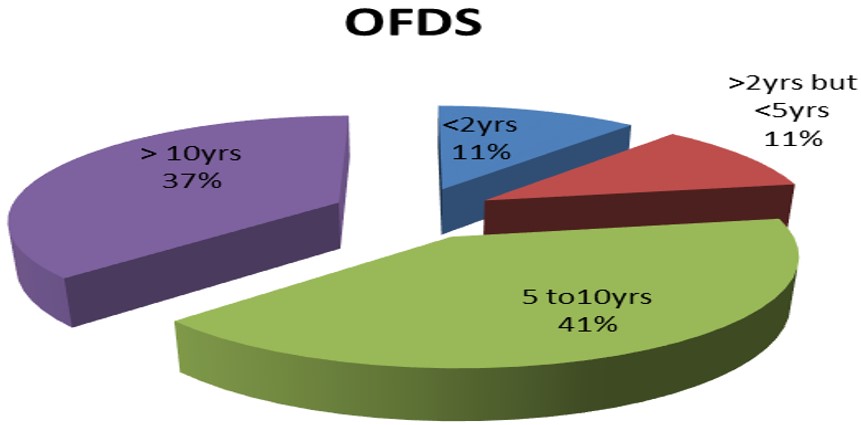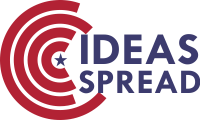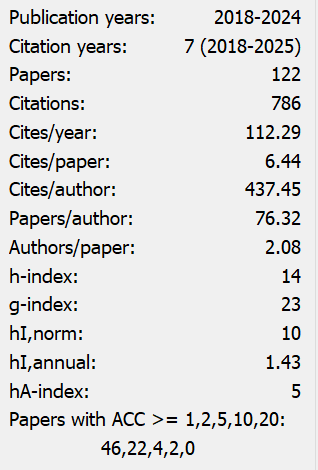Occupational Fraud in Micro-Financial Institutions in Cameroon: Strategies for Timely Detection and Control
Abstract
Occupational fraud has persistently become a hurtful problem in micro-financial institutions (MFIs) in Cameroon lately. Staff and management of some MFIs are suspended, terminated, or litigated after they are suspected of involvement in occupational fraud over the years. Such delayed detections have caused huge losses to the organisations. In this respect, a study was carried out to examine strategies for timely detection and control of occupational fraud in MFIs in Cameroon. An online survey was opened to experienced certified fraud examiners and auditors to give their experiences of strategies for timely occupational fraud detection and control in micro-financial institutions in Cameroon. The data generated was analysed, regressed, and interpreted to produce empirical results that MFIs in Cameroon apart of installing sound internal control systems, need to adopt and implement monitoring and surprise audits, tips and notifications, rotation of duty and abrogation of paid annual leave in order to secure timely detection and control of occupational fraud before it wreaks heavy losses on the institution. Furthermore, MFIs in Cameroon are cautioned to use information technology control and surveillance strategies with reservation because the facilities that support their operation are poorly developed, yet politicised. MFIs should not hope to discover an occupational fraud through accidents and/or a confessions. They are encouraged to treat their workers fairly but bearing in mind that no matter how well workers are kept comfortable occupational fraud could still be committed by management and staff who suffer from insatiable greed and/or psychosis.
References
Association of Certified Fraud Examiners Inc. (2018). Report to the Nations, global study on occupational fraud and abuse. Retrieved from https://www.acfe.com/uploadedFiles/ACFE_Website/Content/rttn/2018/ RTTN-Asia-Pacific-Edition.pdf
Association of Certified Fraud Examiners. (2008). Fraud examination and forensic accounting services. Retrieved July 2019 from http://www.forensicinvspec.com/
Association of Certified Fraud Examiners. (2010). Report to the Nation on Occupational Fraud. Retrieved July, 2018, from https://acfe.com/ documents/2010RttN.pdf
Association of Certified Fraud Examiners. (2012). Report to the Nations on Occupational Fraud and Abuse, Retrieved from http://www.acfe.com/uploadedFiles/ACFE_Website/Content/rttn/2012-report-to-nations.pdf
Center for Responsibility Enterprise and Trade. (2018). Retrieved from https://create.org/news/the-consequences-of-corruption/
COBAC. (2002). Règlement N° 01/02/CEMAC/IMAC/COBAC relatif aux Conditions d’Exercice et de Contrôle de l’Activité de Microfinance dans la Communauté Economique et Monétaire d’Afrique Centrale.
Cressey, D. R. (1953). Other people's money. A study of the social psychology of embezzlement. New York, NY, US: Free Press.
Crowe, H. (2011). Why the Fraud Triangle is No Longer Enough. Retrieved December 2019 from https://www.crowehorwath.com
Gould, D. J. (1991). Administrative corruption: incidence, causes, and remedial strategies. In: Farazmand A (ed). Handb Comp Dev Public Admin, p. 467-480.
Guangdi, C., & Fulwood, C. (2013). An Agency Theory Approach to Sovereign Debt Crisis. The International Journal of Business and Finance Research, 7(5), 123-134.
Gujarati, D. (2004): Basic Econometrics. McGraw-Hill Companies, New York. International Standards on Auditing (ISA) 240 Summary: The auditor’s responsibilities relating to fraud in an audit of financial statements. Retrieved from http://leaccountant.com/2014/08/02/isa-240-summary
Kathleen, M. E. (1989). Agency theory: An assessment and Review. The Academy of management Review, 14. https://doi.org/10.2307/258191
Kelly M. A. (2015). Fraud and Corruption Practices in Public Sector: The Cameroon Experience. Research Journal of Finance and Accounting, 6(4). Retrieved from http://www.iiste.org
Lucian, B., & Jessie F. (2004): Pay without Performance: The Unfulfilled Promise of Executive Compensation. Cambridge: Harvard University Press.
Marsellisa, N. (2018). Financial statement fraud: Perspective of the Pentagon fraud model in Indonesia. Academy of Accounting and Financial Studies Journal, 22(3).
Nenyiaba, I. C., & Okoye E. I. (2015). Evaluation of Key Determinants of Fraud Free Financial Report: A Focus on Nigeria. Business and Management Studies, 1(2). https://doi.org/10.11114/bms.v1i2.819
Norman, J. (1960). The thief in the white collar. Retrieved July 2018 from https://www.abebooks.co.uk/book-search/title/the-thief-in-the-white-collar/author/norman-jaspan
Oxford Dictionary of Accounting. (2010). Oxford University Press. Retrieved from http://www.oup.com
Rahman, R. A., & Anwar, I. S. K. (2014). Effectiveness of fraud prevention and detection techniques in Malaysian Islamic banks. Procedia - Social and Behavioral Sciences, 145(2014), 97-102. https://doi.org/10.1016/j.sbspro.2014.06.015
Seetharaman, A., Senthilvelmurugan, M., & Periyanayagam, R. (2004). Anatomy of computer accounting frauds. Managerial Auditing Journal, 19(8), 1055-1072. https://doi.org/10.1108/02686900410557953
Shanikat, M., Al-Farah, A., & Dorgham, T. H. (2014). Occupational Fraud Prevention Mechanisms: Jordanian Companies Experience. Research Journal of Finance and Accounting, 5(1). Retrieved from http://www.iiste.org
Singleton, T. W. (2010). Fraud Auditing and Forensic Accounting. Retrieved November 2018 from https://books.google.cm/books?isbn=047056413X
Sorunke, O. A. (2016). Personal Ethics and Fraudster Motivation: The Missing Link in Fraud Triangle and Fraud Diamond Theories. International Journal of Academic Research in Business and Social Sciences, 6(2). https://doi.org/10.6007/IJARBSS/v6-i2/2020
Transparency International. (2019). What is corruption? Retrieved from https://www.transparency.org/what-is-corruption
Tugas, F. C. (2012). Exploring a new element of fraud: A study on selected financial accounting fraud cases in the world. American International Journal of Contemporary Research, 2(6), 112-121.
Vinney, C. (2019). Sutherland’s differential association theory explained. Retrieved January 2019 from https://www.thoughtco.com
Wolfe, D., & Hermanson, D. R. (2004). The fraud diamond: Considering four elements of fraud. The CPA Journal, 74(12), 38-42. https://doi.org/10.1016/S1361-3723(04)00065-X


This work is licensed under a Creative Commons Attribution 4.0 International License.
Copyright for this article is retained by the author(s), with first publication rights granted to the journal.
This is an open-access article distributed under the terms and conditions of the Creative Commons Attribution license (http://creativecommons.org/licenses/by/4.0/).


























